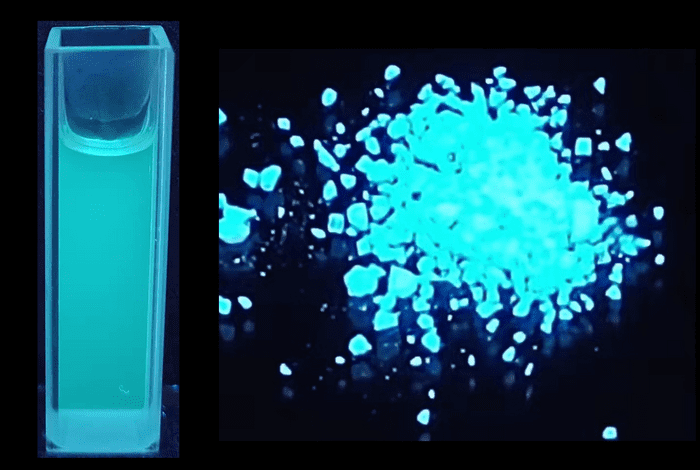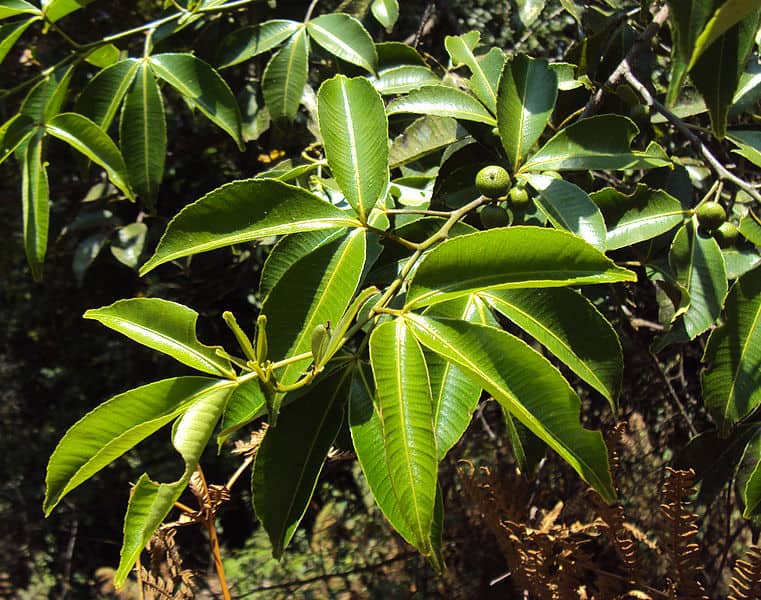Medicinal plants have been used since prehistoric times, helping mankind fight back against various diseases and health problems. As modern medicine became better and better, medicinal plants fell into the background. But there are still uses for these plants, sometimes not in the most intuitive of ways.
In a new study, researchers found that fluorescent medicinal plants could one day be used in medical imaging.

Fluorescent plants almost sound like science fiction. In 2020, researchers did actually create a type of glow-in-the-dark plant by changing its DNA. So a team of scientists set out to see if they could find other promising molecules in nature.
The reasoning is fairly straightforward: if you can insert fluorescent compounds into the human body, they can act as an imaging marker. Several such markers are currently used in cell microscopy and other types of imaging, but having more plant-based markers could be helpful for different types of imaging.
Glow in the dark
Fluorescent molecules absorb some light wavelengths and then release some of this light back, essentially glowing. Some glow brighter when they are clumped up together, a phenomenon that’s particularly important in compounds called aggregation-induced emission luminogens (AIEgens). These AIEgens are used in various devices and sensors.
Currently known AIEgens are toxic, but Ben Zhong Tang, Zheng Zhao and Xiao-Dong Luo suspected they could find some natural, harmless ones as well. They started with the orange climber, or Toddalia asiatica, a plant used medicinally by many African peoples. For instance, the Maasai people use it against influenza, cough, and malaria.

The researchers ground the plant’s roots into a powder and then identified promising compounds. When dissolved in an organic solvent, these compounds exhibited an ethereal bluish glow. All of this is plant-based and suitable for medical use.
In a final series of experiments, researchers showed that mitochondria could be clearly identified in live cells stained with these compounds without any additional processing, making cell imaging easier and faster than with most current methods.
There’s still a long way to go before any of this could be used in a medical setting, but it hints at an “ingenious tactic to seek novel AIEgens efficiently from natural fluorescent species,” the researchers conclude. It’s unlikely that this is the only fluorescent plant that can be used in imaging — many more are probably just waiting to be discovered.
Journal Reference: Chen et al. Natural Coumarin Isomers with Dramatically Different AIE Properties: Mechanism and Application. ACS Central Science. http://pubs.acs.org/journal/acscii?ref=pdf









